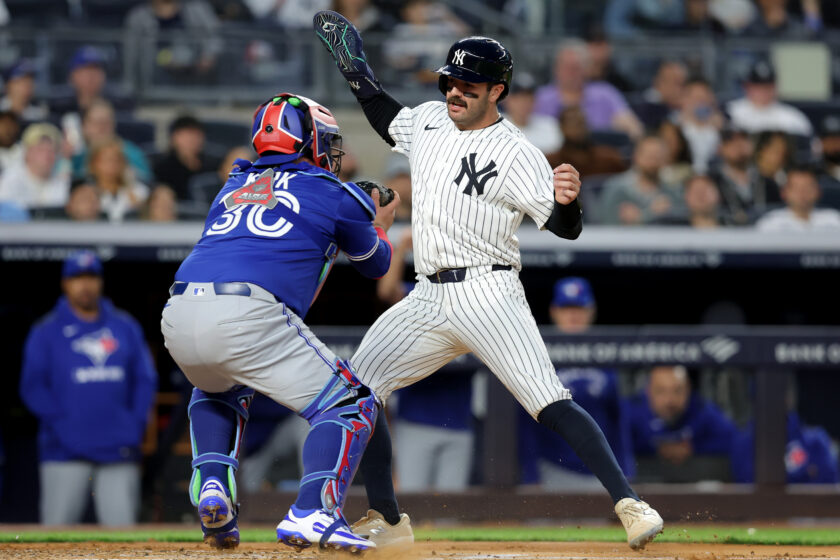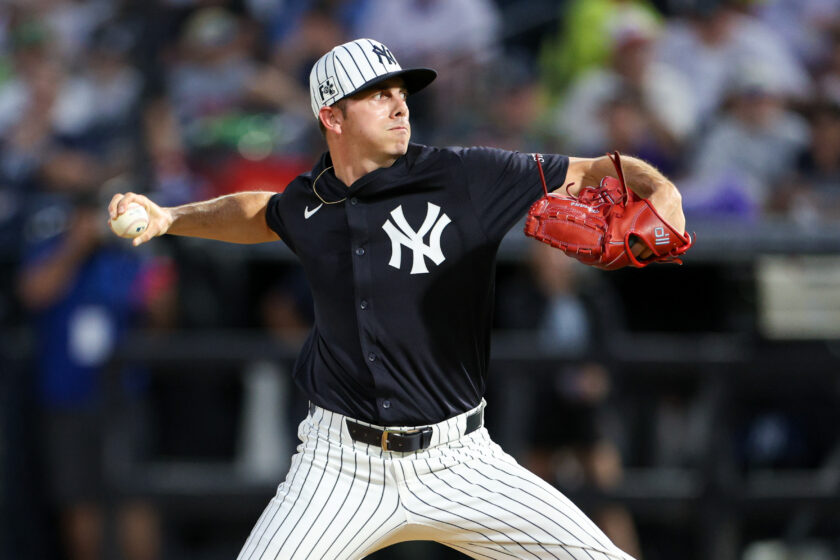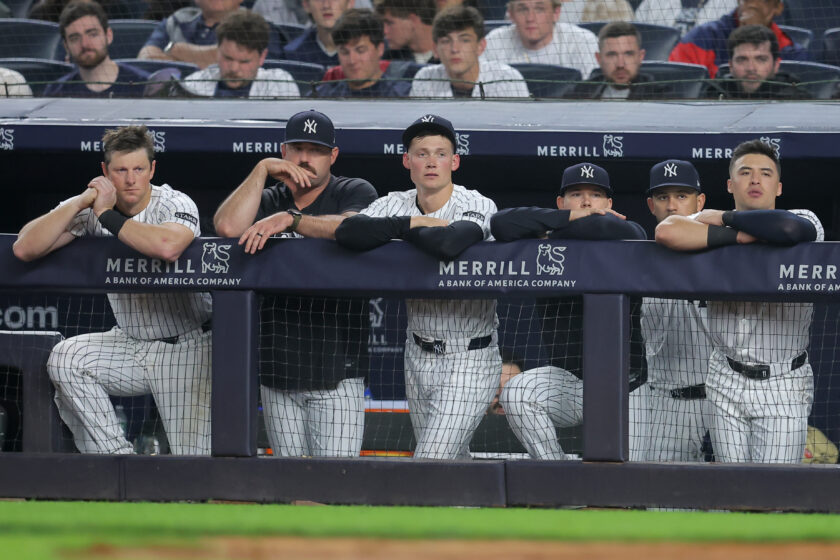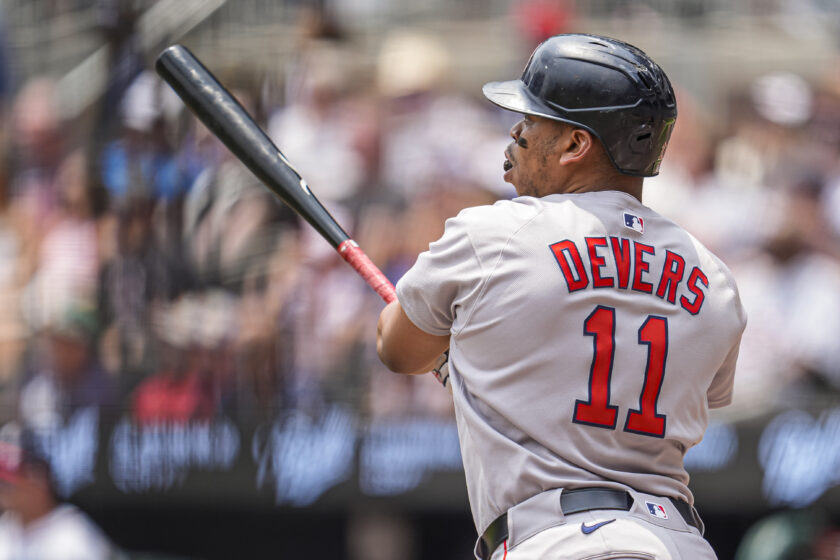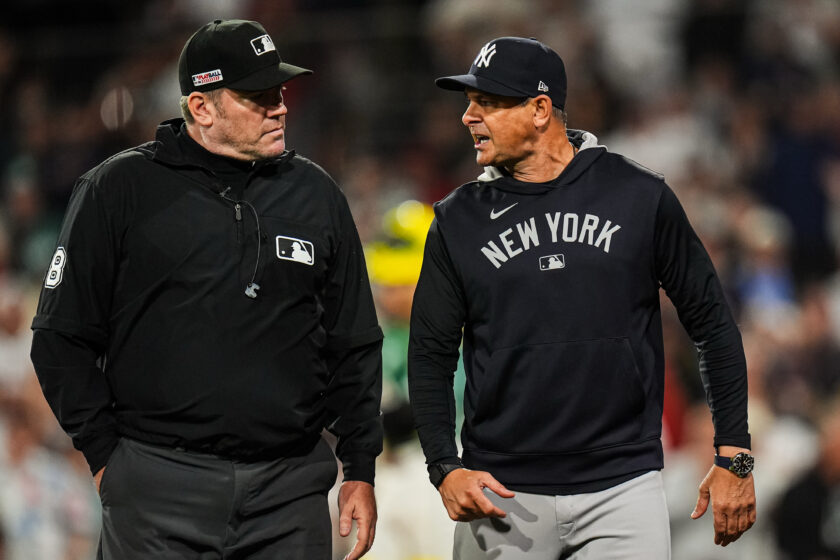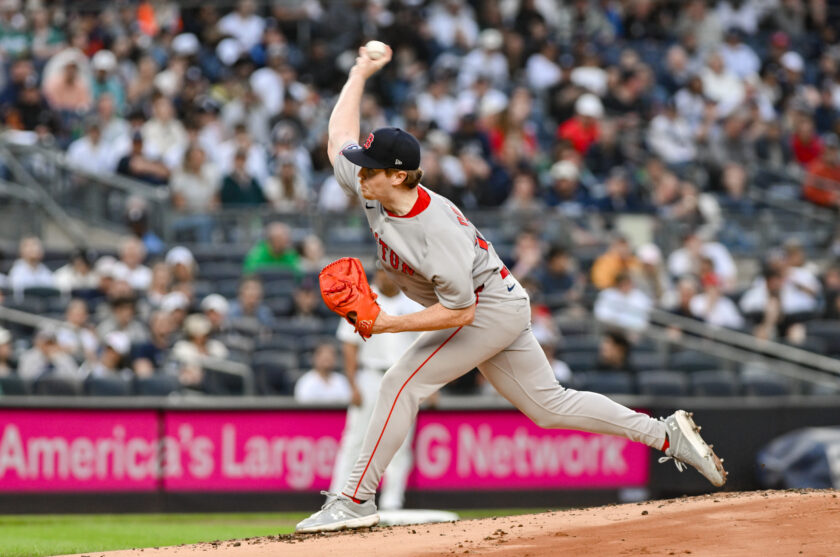The New York Yankees Epically Whiffed With Nathan Eovaldi
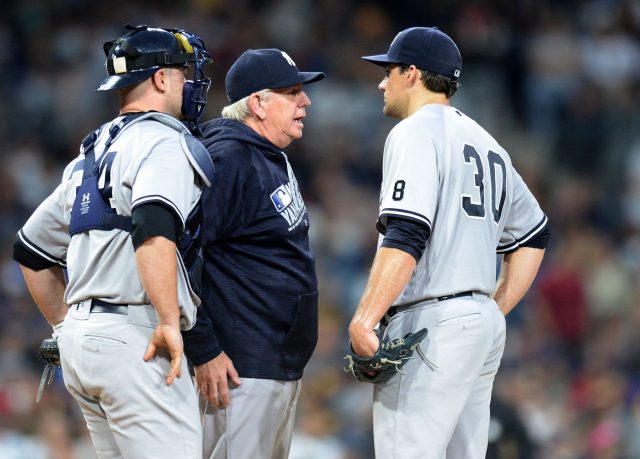
When looking at the overall landscape of Nathan Eovaldi’s tenure in the Bronx, the New York Yankees completely missed the mark.
[dropcap]N[/dropcap]athan Eovaldi underwent successful Tommy John surgery yesterday which included the repairing of a torn flexor tendon. The detrimental procedure will sideline the 26-year-old for the remainder of 2016 and the entirety of 2017. With his contract set to expire at the end of the recovery time frame, he will likely be non-tendered by the team.When, in fact, the Yankees non-tender him, effectively placing him on the open market, they will be representing the culmination of failures that was his tenure in pinstripes. A tenure that went beyond the mediocre numbers he showcased.
The true mishap had to do with how the Yankees attempted to shape him, not attributed to his 4.48 ERA in 48 starts with the club.
Parting with Martin Prado and David Phelps to bring in a potential-driven youngster, the organization came away completely empty-handed.
Trusting pitching coach Larry Rothschild with his development — which the man has flubbed time and time again — was as asinine a move as you will find. The “take him under our wing” mentality certainly did not pay dividends.
SEE ALSO: ESNY’s Yankees Prospect Profile — Clint Frazier
Mistake number one was implementing a split-finger that took half a year to become an effective go-to pitch. Furthermore, it was heavily used by Eovaldi, adding additional stress to an arm that did not need it.
Instead of working on a less exotic, more concrete breaking ball to complement his consistent 99 mph heater, Rothschild bought the right-hander a ticket on the Titanic.
Consequently, he missed the final month of 2015 with elbow troubles. If you do not attribute those issues to the current catastrophe, you are not connecting the dots.
Continuing his inconsistent ways at the commencement of 2016, Eovaldi lacked put-away stuff. His fastball was its usual straight-as-a-string self, making his splitter much more recognizable and, therefore, easier to mash. When those two pitches were eliminated from the equation, he was as lost as a stray cat.
A see-saw battle is what this year can be accurately described as, constantly fighting his own fortune.
Applaudable was the fact that Eovaldi maintained respectability, making him a marketable chip at the August 1 trade deadline.
RELATED: 1996 New York Yankees Surprise Local Cancer Survivor (Video)
At that point, the front office, the coaching staff, and player evaluation personnel had seen enough of a sample size to accurately portray what his future would bring along. Essentially, a number four starter with the capability of running off electric stretches once in a blue moon. Not a front-end guy and definitely not the guy they hoped to mold him into.
In a thin pitching market, there was a demand for mid-level starters — Eovaldi fitting the bill.
Considering the return for Ivan Nova, equating to a bucket of baseballs, the Yankees were willing to cut their losses. With that said, they cut one loss too few.
Rather than receiving value that would potentially bring some form of promise down the road, the franchise collected zilch for a guy who let it loose on each and every pitch, had already experienced Tommy John at just 17 years of age, and encountered alarming elbow troubles the year prior.
Brilliant, huh?
Where did that get the New York Yankees and, more importantly, Nathan Eovaldi? Well, a tendon ripping completely off a bone explains the story.
[sc name=”Yankees Center 2″ ]As Martin Prado maintains a stellar batting average in Miami and David Phelps locks down the late innings, the Yanks are stuck with a recovering youngster who has virtually taken steps back since his arrival. An injury-plagued, uneven commodity who simply falters when it comes to a pure pitching mindset.
If his acquisition was a pitch, it was a nasty eephus that general manager Brian Cashman was way out in front of, flailing to his front side as he waved over it.
The distance between the ball and the bat? Well, that is a product of everyone who drove Eovaldi off a cliff.
This one was downright bad, folks.

